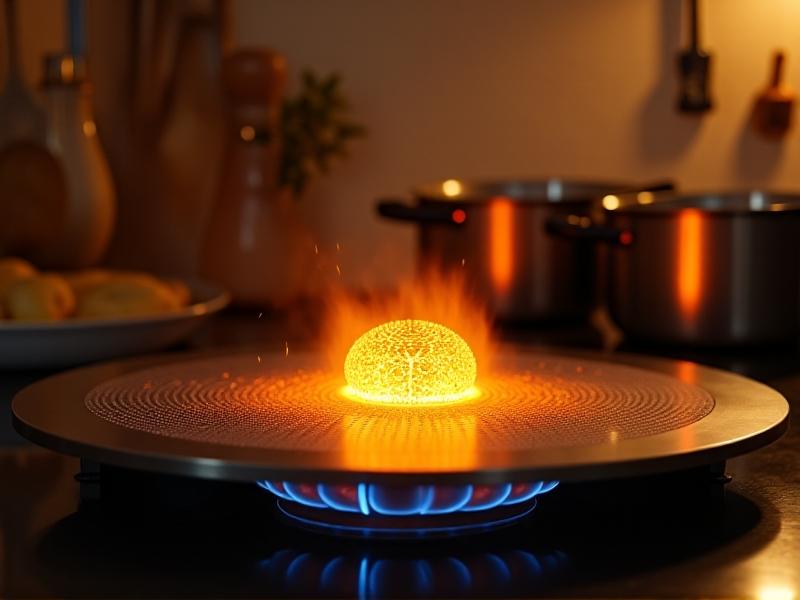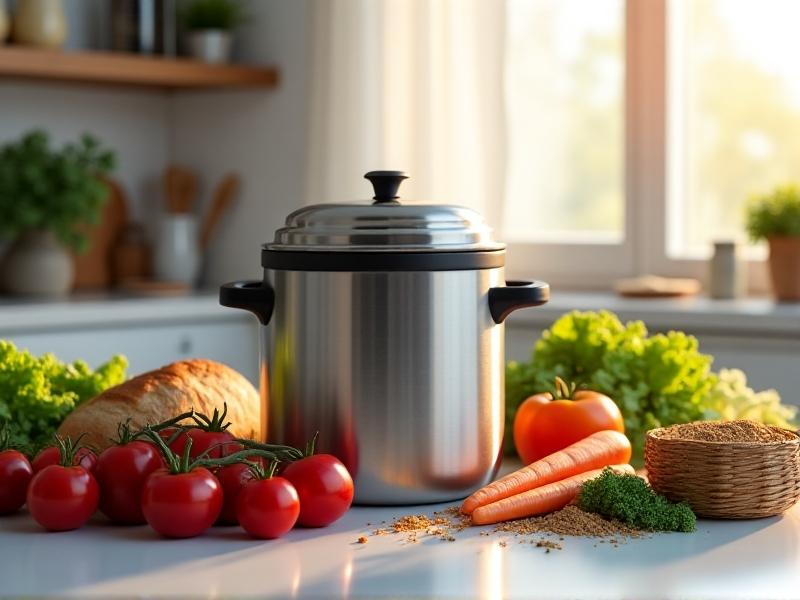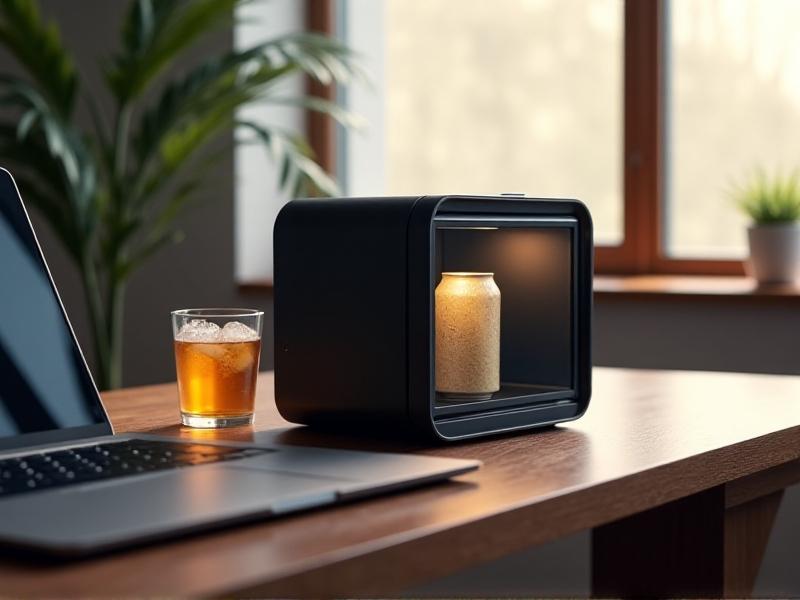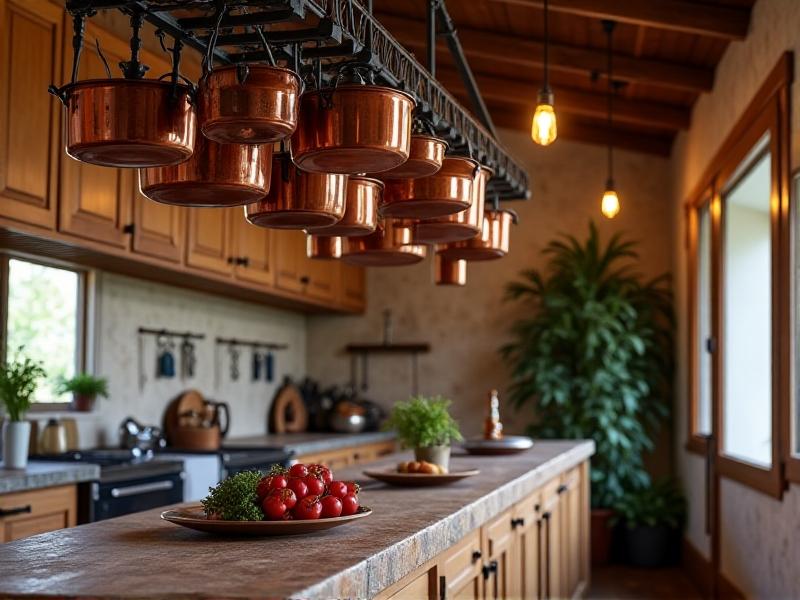Windproof Stove Windbreak Configurations
The Science of Wind Management for Efficient Stove Use
Wind is a double-edged sword for outdoor stoves. While airflow is essential for combustion, excessive wind disrupts flame stability, reduces heat output, and wastes fuel. Effective windbreak configurations work by redirecting airflow rather than eliminating it entirely. A well-designed windbreak creates a zone of controlled turbulence around the stove, allowing enough oxygen to feed the fire while shielding it from gusts that scatter heat. Materials and placement play critical roles—too much enclosure starves the flame, while insufficient shielding leaves it vulnerable. Understanding wind patterns in your cooking environment, whether a rocky campsite or grassy backyard, informs smarter design choices.
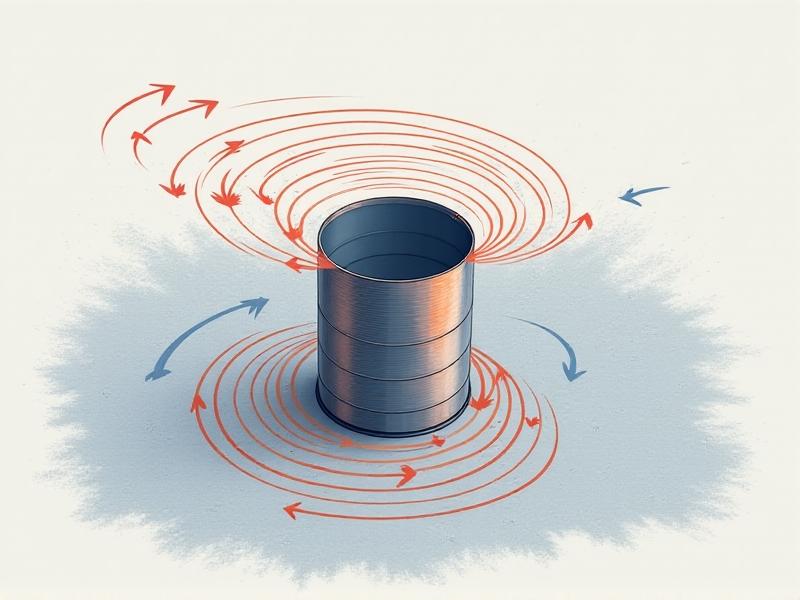
Choosing Materials: Durability Meets Heat Resistance
Windbreak materials must withstand high temperatures and frequent use. Stainless steel dominates commercial options due to its rust-resistant properties and structural rigidity, often featuring perforations to balance airflow. Ceramic alternatives excel in heat retention, ideal for slow-cooking scenarios, while lightweight titanium appeals to backpackers prioritizing portability. For DIY solutions, natural stones or firebricks provide cost-effective shielding, though their weight limits mobility. Avoid plastics or untreated woods—even sturdy varieties degrade under prolonged heat exposure. A hybrid approach, such as combining a metal base with removable heat-resistant fabric panels, offers versatility across seasons.
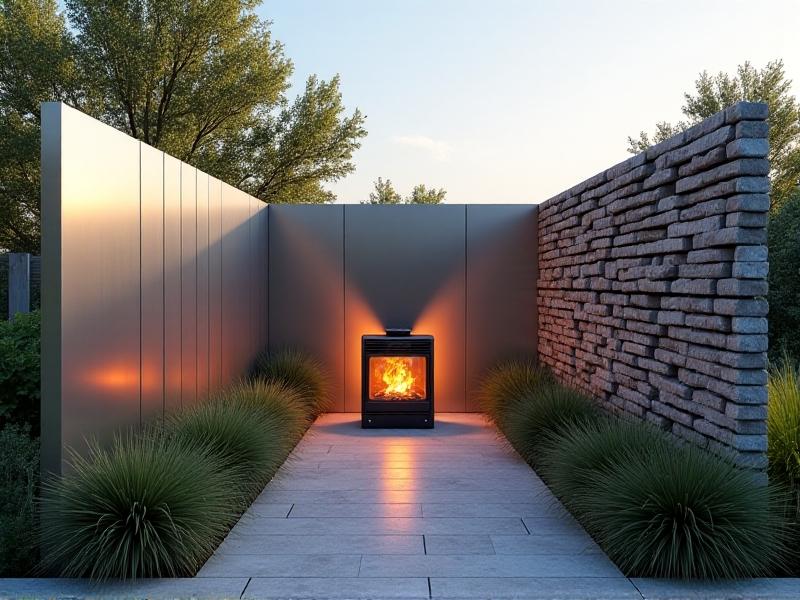
DIY Windbreak Solutions for Every Budget
Transform everyday items into functional wind defenses with minimal tools. Retired baking sheets drilled with ventilation holes become adjustable shields, while terracotta planters lined with aluminum foil serve as insulating barriers. For a rustic approach, weave green branches between stakes driven into the ground—the moisture-rich wood resists ignition. A collapsible design using hinges and corrugated metal sheets fits in trunk storage compartments. Always maintain a 6-inch gap between makeshift barriers and stove surfaces to prevent heat buildup. Test configurations with a handheld anemometer or by observing flame behavior—steady blue cores indicate optimal airflow.
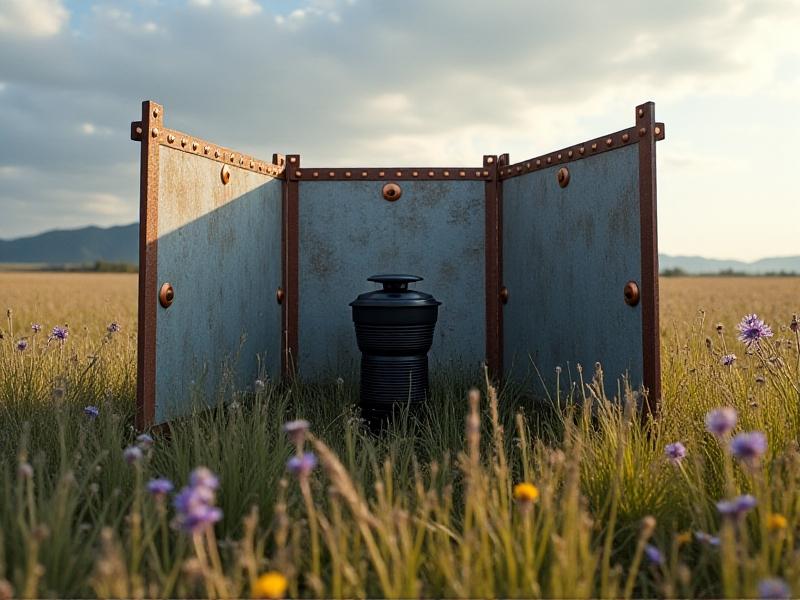
Commercial Windbreak Systems Compared
Premium models like the Windshelter Pro® use aerodynamically curved panels with laser-cut vent patterns, claiming a 40% fuel efficiency boost. Compact folding designs, such as TrailBlaze’s CarbonShield, cater to ultralight backpackers at 8.7 ounces. Look for features like magnetic attachments for uneven surfaces or integrated spark screens doubling as pot stabilizers. Modular systems with interlocking panels adapt to group cooking setups, though their bulk challenges solo adventurers. Recent innovations include ceramic-coated aluminum shields reflecting infrared heat toward cookware—ideal for windy, sub-zero expeditions. Analyze warranty terms; premium brands often cover warping or discoloration.
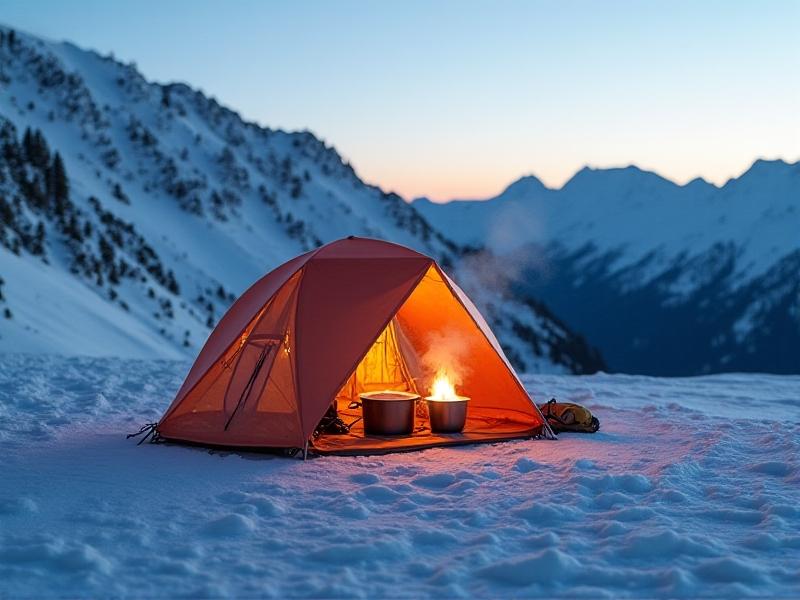
Strategic Placement: Where Physics Meets Practicality
Position windbreaks 8–12 inches from the stove to avoid heat damage while maintaining an effective buffer. Align the barrier’s tallest point against prevailing winds—use mobile apps like WindCompass to identify directional trends. In beach environments, partially bury the base to counter shifting sands. Urban balconies benefit from L-shaped barriers hugging corner walls, doubling privacy screens. Avoid placing windbreaks directly upwind of seating areas; redirected gusts can annoy guests. For permanent installations, orient adjustable panels seasonally—winter storms demand taller shielding than summer breezes. Pair windbreaks with heat-resistant ground mats to prevent grass fires.
Maintenance and Safety Protocols
Inspect metal windbreaks monthly for corrosion, especially near rivets or folds. Remove soot buildup with vinegar-soaked steel wool, avoiding abrasive pads that scratch protective coatings. Store collapsible models fully dry to prevent mildew in fabric components. Test stability regularly—high winds can topple poorly anchored designs. Always keep a fire extinguisher or sand bucket nearby when testing new configurations. Replace natural materials like bamboo or woven reeds annually; weathering reduces their fire resistance. For propane stoves, ensure windbreaks don’t trap gas leaks—install carbon monoxide detectors in semi-enclosed spaces.
Emerging Innovations in Windbreak Technology
Startups now integrate thermoelectric generators into windbreak panels, converting waste heat into USB charging power. Shape-memory alloys allow self-adjusting barriers that bend in response to wind speed changes—no manual tweaking required. Aerospace-inspired designs feature honeycomb structures that dampen gusts without heavy materials. Solar-reflective coatings now double as stovetop signal mirrors for emergency use. Researchers are testing graphene-infused fabrics that block wind while remaining cool to the touch. The next frontier? AI-assisted windbreaks using real-time weather data to rotate panels autonomously via micro-servos.
Cultural and Historical Context of Wind Management
Ancient Mongolian nomads crafted felted wool windbreaks for their iron stoves—a tradition preserved in yurt camps today. Victorian explorers used telescoping brass shields that doubled as emergency signal mirrors. The 1930s saw cast-iron “wind fenders” marketed to Depression-era households cooking outdoors. Modern replicas of these vintage designs now sell as retro camping gear. Indigenous Australian hunters arranged stones in crescent shapes to protect fires from desert winds, a technique still taught in survival schools. Understanding these historical solutions inspires eco-friendly adaptations using local materials.
Case Study: Windbreak Optimization in Extreme Environments
During a 2022 Everest Base Camp expedition, climbers tested various configurations at 17,000 feet. Fixed aluminum barriers failed under hurricane-force winds, while flexible titanium mesh models survived by allowing partial airflow. The winning design combined a low-profile stone base with a pivoting aircraft-grade aluminum panel—reducing fuel use by 37% compared to unprotected stoves. Researchers noted that high-altitude winds require shorter, wider barriers versus lowland setups. This data informs new mountaineering gear standards, emphasizing adaptive over rigid designs.
Balancing Aesthetics and Functionality
Windbreaks needn’t sacrifice style. Powder-coated panels now come in earthy tones that blend with natural landscapes. Artisan blacksmiths forge decorative scrollwork windbreaks—functional camp art. Urban campers pair minimalist brushed steel barriers with matching cookware sets. For permanent patio installations, integrate windbreaks with vertical herb gardens using heat-resistant planters. The latest trend? Windbreaks doubling as tablet stands or lantern holders through clever bracket designs. Remember—the most used configurations aren’t always the most efficient, but those that enhance the overall cooking experience.
